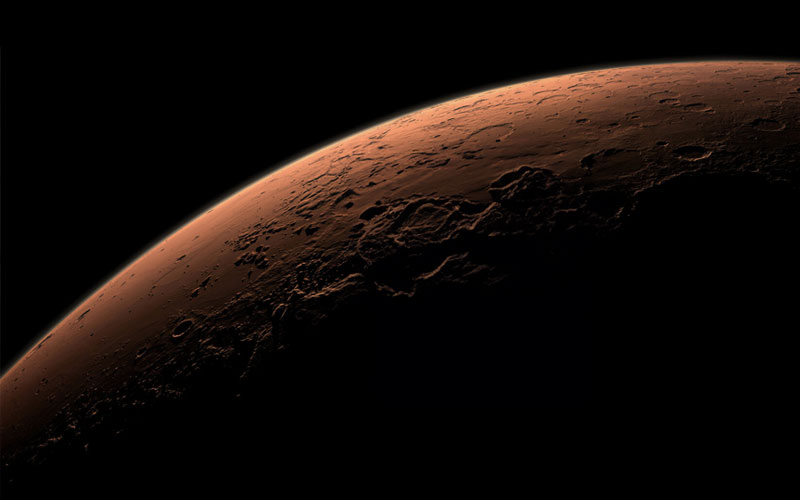
The European Space Agency has published a pair of calls aimed at beginning work on an electric propulsion transfer stage that would be used to ferry passenger spacecraft to orbit around Mars.
Orbital transfer vehicles have become increasingly prevalent in Earth orbits, with companies like D-Orbit leading the way. The market’s growth has, in no small part, been driven by the increase in the number of rideshare missions that necessitate additional capabilities to deliver payloads into orbits outside the standard delivery path.
With the EP Tug, ESA aims to extend in-space transportation services to other planets, starting with Mars. The initiative will fall under the agency’s Terrae Novae programme, which was adopted by member states in December 2014 under the name European Exploration Envelope Programme.
While Mars transfer services will be its focus, the EP Tug is also envisioned as having broader applications. Once the tug has deployed its passenger spacecraft, it would enter a service orbit, which would be a near-circular orbit around Mars at approximately 5,720 kilometres in altitude. It would then act as a data relay and navigation service provider. The agency also envisions EP Tugs being equipped with exploration science payloads that would be utilized to monitor the Martian atmosphere.
While the EP Tug mission concept is still pending approval, which is expected to be granted soon, ESA has already published a pair of calls aimed at beginning work on science and imaging payloads. Both calls are aimed at soliciting the participation of scientists to form definition teams that provide recommendations. The first call is for the science payload that would be used to monitor the Martian atmosphere. The second is for a passenger spacecraft that would be flown aboard the first mission to Mars. The passenger spacecraft would be equipped with an imaging payload that would be used to capture high-resolution imagery to define future landing sites.




